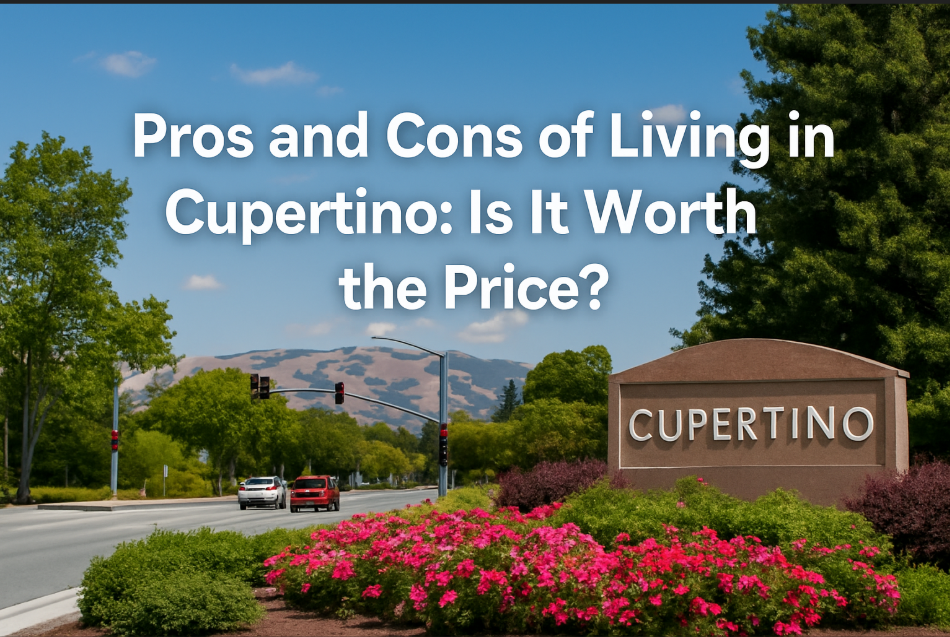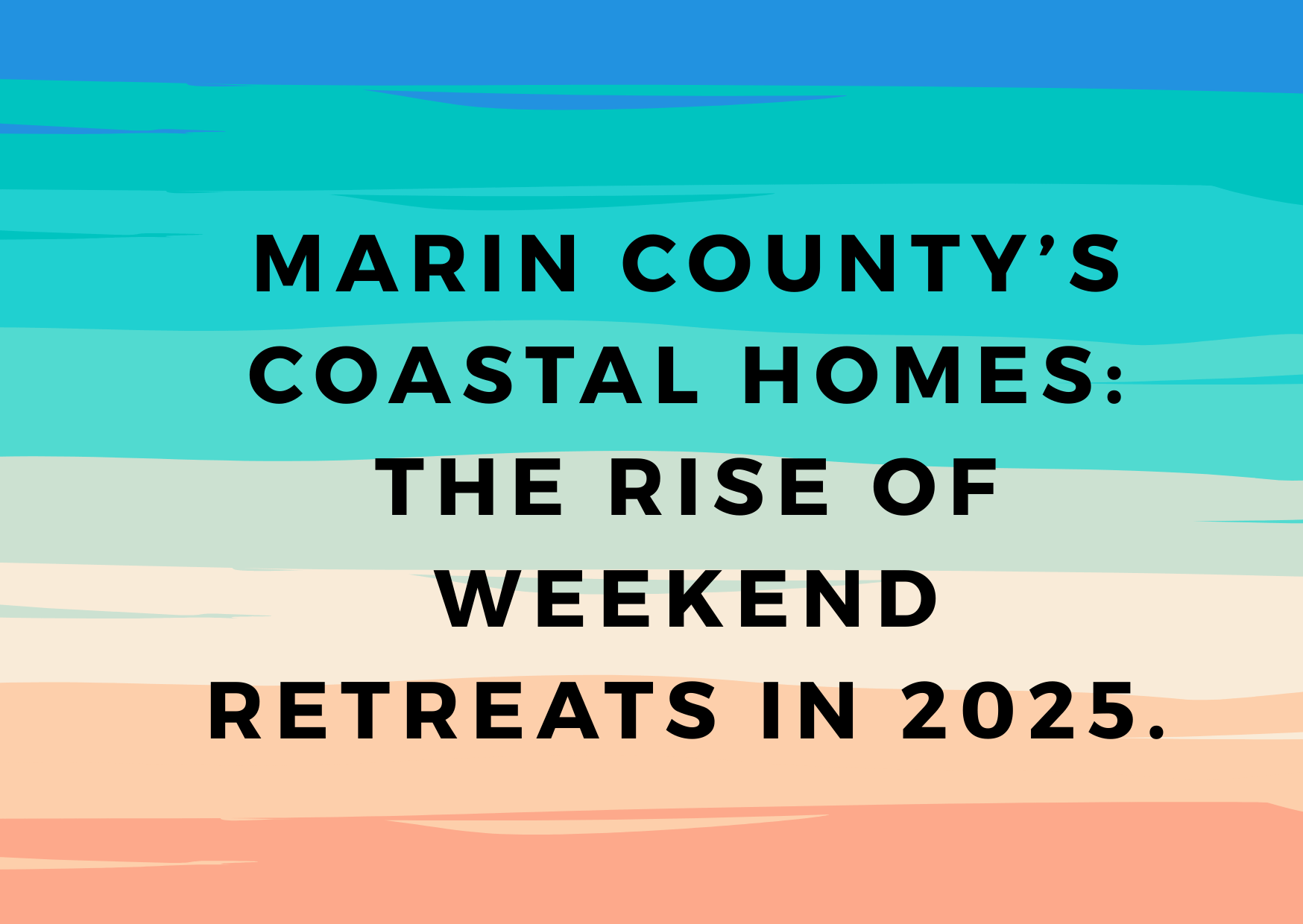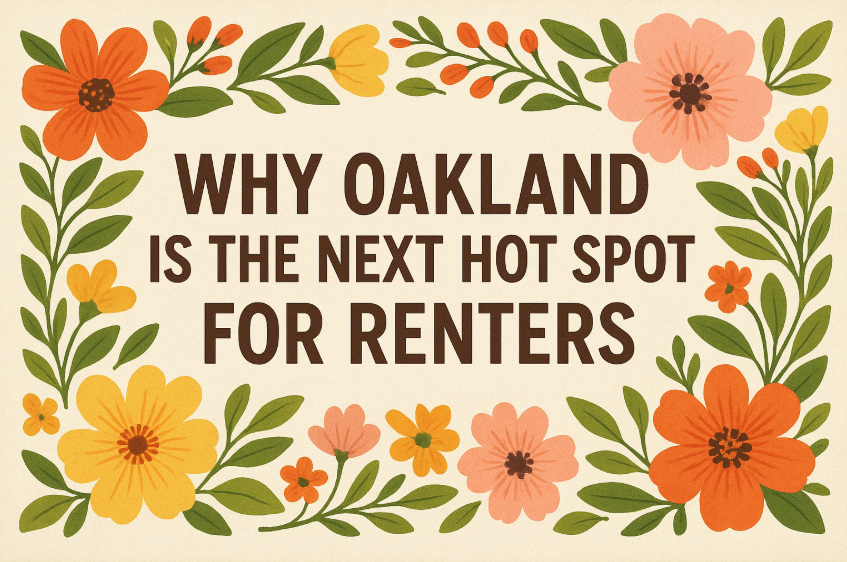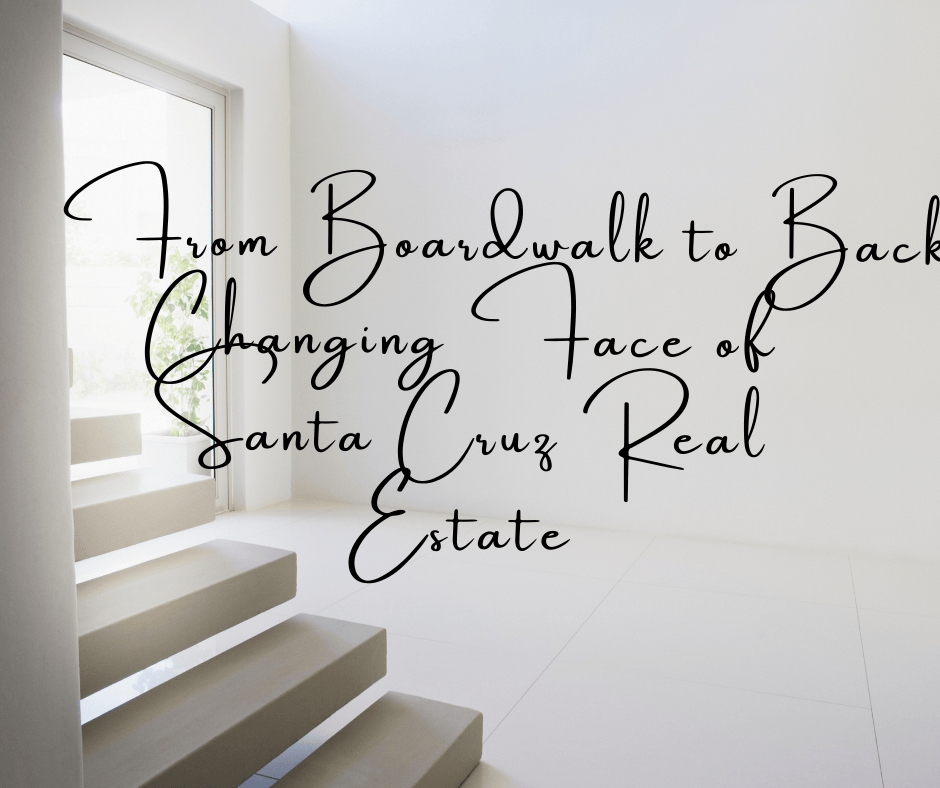Cupertino, located in the heart of Silicon Valley, is one of the Bay Area’s most sought-after cities. Home to Apple Inc., it’s known for top-rated schools, safe neighborhoods, and a strong culture of innovation—making it a top choice for homebuyers and renters alike.
But all these benefits come at a significant cost literally. Cupertino is also one of the most expensive cities in California, and prospective residents often ask: Is living in Cupertino really worth the high price tag?
In this blog, we’ll dive into the pros and cons of living in Cupertino to help you make an informed decision about whether it aligns with your lifestyle, financial situation, and long term goals.
Introduction to Cupertino Living
Cupertino is a suburban city nestled at the foothills of the Santa Cruz Mountains in Santa Clara County. With a population of just over 60,000, it maintains a close knit community vibe despite being in the heart of one of the most technologically advanced regions in the world. Residents enjoy a mix of high end residential living, abundant parks, excellent public infrastructure, and close access to major tech employers.
The city’s appeal lies in its balance between small town calm and big city access to opportunity. But to understand whether it’s worth making the move, let’s look at the upsides and downsides.
Pros of Living in Cupertino
1. Excellent Education System
Cupertino’s public school system is consistently ranked among the best in California. The Cupertino Union School District and Fremont Union High School District include top performing institutions like:
- Monta Vista High School
- Cupertino High School
- Miller Middle School
- Lincoln and Eaton Elementary Schools
These schools not only produce strong academic results but also offer a wide range of advanced placement classes, STEM programs, extracurricular activities, and college preparatory resources. For families with children, living in Cupertino can mean access to educational opportunities without the cost of private schooling.
2. Thriving Job Market
As the headquarters of Apple Inc., Cupertino is at the epicenter of Silicon Valley’s tech economy. The city also hosts offices and satellite campuses for companies like Seagate, Amazon, and Hewlett Packard.
Its proximity to neighboring tech hubs like Sunnyvale, Mountain View, and San Jose makes it an excellent home base for tech professionals who want a shorter commute and access to a network of employment opportunities in one of the most competitive job markets in the world.
3. Pleasant Weather and Green Spaces
Cupertino enjoys a Mediterranean climate, with sunny, dry summers and mild winters. This makes it ideal for year round outdoor activity.
Residents have access to beautifully maintained parks like:
- Blackberry Farm Park – with golf, picnic areas, and swimming.
- McClellan Ranch Preserve – a restored environmental education center.
- Stevens Creek County Park – great for hiking and biking.
This commitment to green space contributes to Cupertino’s high quality of life and encourages active, healthy living.
4. Safe and Culturally Rich Community
Cupertino is widely regarded as one of the safest cities in the Bay Area, with low crime rates and strong local governance.
The city is also incredibly diverse, with a large Asian American population and a mix of cultures that influence its restaurants, festivals, and community events. From the Diwali Festival of Lights to Chinese New Year celebrations and Japanese Cherry Blossom festivals, Cupertino offers rich, multicultural experiences that reflect its international appeal.
Cons of Living in Cupertino
1. High Cost of Living
Perhaps the most well known downside to Cupertino is its sky high cost of living. As of 2025:
- Median home price : Over $2.6 million.
- Monthly rent : $4,000 to $5,500.
- Cost of groceries and services : 40–50% higher than the national average.
Even with a high paying tech job, many residents feel the pressure of mortgage payments or rent. First time buyers may struggle to enter the market unless they already have significant savings or dual incomes.
2. Traffic and Limited Transit Options
Despite being a tech capital, public transportation in Cupertino is lacking compared to cities like San Francisco or Palo Alto. The city does not have a Caltrain or BART station, meaning most residents depend on cars for daily commuting.
Major roads like Highway 280 and Lawrence Expressway often become congested during rush hours. While Apple offers shuttle services to employees and the city has some bike lanes, overall transportation options are limited for those without private vehicles.
3. Tight Housing Inventory
In addition to being expensive, housing in Cupertino is limited. There are few new developments, and most homes on the market are single family houses with competition from international buyers and cash offers.
The lack of affordable housing means many middle income families and essential workers are priced out of the market. Condos and townhomes are available but are still priced higher than similar units in nearby cities.
4. Lifestyle Uniformity
Though Cupertino is ethnically diverse, the city’s intense focus on academics, tech careers, and property value can lead to a lifestyle that feels homogenous to some. Social life can sometimes be centered around schools, work, and structured family life, with fewer spontaneous arts or nightlife options compared to San Francisco or Berkeley.
For creatives or younger professionals looking for dynamic cultural scenes, Cupertino might feel too subdued.
Is Living in Cupertino Worth the Price?
Whether Cupertino is “worth it” depends heavily on your priorities.
- If you’re focused on education, want to raise a family in a safe, structured environment, and work in tech, Cupertino delivers excellent long-term value.
- If you’re seeking affordability, social diversity, and walkable urban life, you might find more flexibility in cities like Sunnyvale, Campbell, or even parts of San Jose.
- For investors, Cupertino’s real estate retains value well and continues to appreciate thanks to its strong schools and limited inventory.
Many residents find the benefits of living in Cupertino especially related to education, safety, and career proximity justify the high cost. Still, it’s not for everyone.
Best Places to Visit in Cupertino
- Apple Park Visitor Center
Explore Apple’s stunning “spaceship” campus with an AR experience, rooftop café, and exclusive merchandise. - Cupertino Historical Society & Museum
Dive into the city’s rich past with local artifacts, photographs, and rotating exhibits at the Quinlan Community Center. - Le Petit Trianon / California History Center
A beautifully preserved 19th-century French-style mansion located at De Anza College.
- Rancho San Antonio Preserve
A favorite for hiking and jogging, with scenic views and trails leading to Deer Hollow Farm. - McClellan Ranch Preserve
Historic ranch with barns, animals, birdwatching, and a serene walking trail. - Cupertino Memorial Park
Great for families, picnics, and community events, featuring playgrounds, a pond, and an amphitheater. - Picchetti Winery
Just a short drive from downtown, this rustic vineyard features wine tastings and scenic picnic areas in the hills.
Conclusion
Cupertino offers a unique combination of prestige, opportunity, and community strength, making it one of Silicon Valley’s most desirable cities. With top tier schools, a secure environment, and a central location near global tech giants, it continues to attract families and professionals alike.
However, these advantages come with significant challenges: high home prices, traffic issues, and a competitive housing market. Before moving, take time to visit neighborhoods, speak with current residents, explore commute routes, and consult with a real estate expert.
If your budget allows and your goals align with what Cupertino offers, this city could be the perfect place to put down roots in the Bay Area.








Leave a Reply